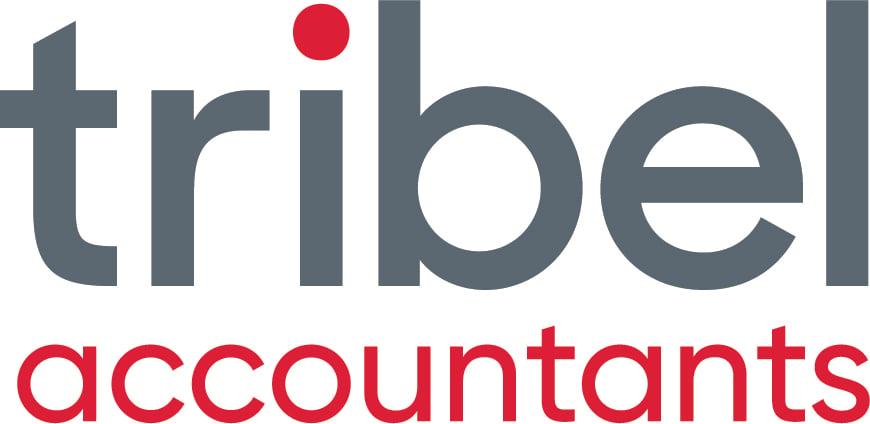INTRODUCTION
When advising SME owners on business planning and their business growth strategy, one of the first things we should be doing as their accountant and business advisor is to find out how well they know their customers. Some of the answers range from "really well" to "ok" but you see, the hidden gold is to really understanding your customer base and breaking it down so you can have a plan that targets real sales growth.
Here below are the 4 main areas of what is known as the "Growth Equation".

Figure 1: Behind your customer base is some hidden gold! Photo courtesy of Lara Scolari Gallery
1. Work out the number of existing customers you have and retention
With any business growth plan the first thing you need to do is work out how many customers you have. The important thing here is not to get too concerned if you can't work it out exactly. You can get an estimate of this by analysing information from the following:
- Your accounting program such as Xero or MYOB;
- Till tapes (on a weekly or daily basis) where applicable;
- Loyalty programs;
- cash flow forecasts;
- Customer database (if you have one).
Once you have this number, determine what the retention rate might be. For example, you might know that on average you lose 20% of your customers per year for various reasons.
2. Work out the number of leads you get and conversion
The next step is find out how many new customer leads that come in and how many get to a proposal/quote stage. Work out how many of these are being successfully converted. For example, this might be 30%.
3. Calculate total number of customers
By taking existing customers x retention rate in 1. & adding new customers (leads x conversion rate) in 2, you will now have your estimated total customers for the year.
4. How many transactions per customer?
Work out how many transactions on average each customer does with you each year. Again don't get hung up on exact numbers for now.
Figure 2: Customer intelligence bridges the gap between planning and growth
5. What is the average customer spend?
What is the average spend of each customer? This is merely the total spent for the period divided by the number of customers.
6. Establish total sales
By taking total customers and multiplying the it by the number of transactions and then multiplying again by the average spend, this should equate to your total sales.
Perform a quick check of your numbers by getting a set of your last prepared financial statements from your accountants and seeing if you can get the total sales figure to agree aproximately to your answer. This will give some feel as to whether your estimates including retention, conversion rates, average spend are about right.

Figure 3: Take the time to look at the big picture and how you will grow
7. Use the results for your business plans!
Now here is the fun part!
By doing what-if scenarios and tweaking little improvements in each of the areas above, redo the calculations and see what the effect on revenue could be.
For example, if you could improve customer retention by 5%, and increase average spend fractionally, how much difference does that make to sales and then to the bottom line (don't forget to increase some overheads with the anticipated growth where applicable).
How did you go? Can you see what is possible just with little changes in each of these areas of the Growth Equation?
"OK that's all well and good in theory but how do we make these changes happen?" I hear you say.
This is where you can try this yourself or get your business advisors and accountants involved if need be.
For example, for improved retention rates, find out why customers are leaving when they go or do a survey (you can use Survey Monkey) to find out what your customers like and don't like. From these responses develop a few action points to improve retention rates.
For average spend, find out if your team can upsell ("Would you like fries with that?").
For improving leads, analyse marketing and work out what is being effective and what isn't.
For conversion rates, consider training your sales team better.
There are HEAPS of other strategies per area above to consider. You just need someone to show you and work through them with you.
8. Use the results to formulate your cash flow budget and business plan
Now you have the basis to have a real plan to get your growth and not just hit and hope that you will have a better year than last year by 10%. Put these into your business plan and make sure you do a 3 way budget to determine whether the business has enough cash flow to cope with the growth.
CONCLUSION:
I hope this blog has helped you figure out one of the simple ways to formulate your business strategy. Business valuers will consider this when performing a business valuation so not only can you become more profitable but you will also be improving the value of your enterprise should you decide to sell.


.png?width=100&height=100&name=COVID_Safe_Badge_Digital%20(002).png)




